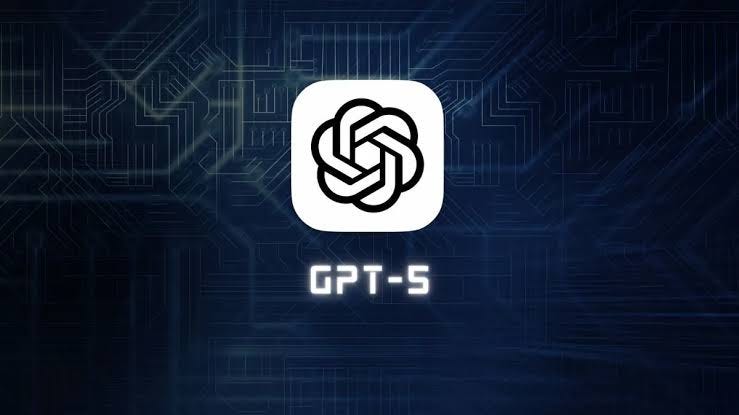GPT-5 is the next language model by OpenAI, and it is coming closer than ever. It is expected to be released this summer, according to CEO Sam Altman, and industry insiders predict a release in July 2025. Assuming that timeframe is true, it would mean significant increases in speed, logic, and creativity by developers and ordinary individuals in a matter of weeks.
Greater brain, more memory
They say that GPT-5 will work with approximately one million tokens of context, almost ten times that of GPT-4o. Such a tiny model can store an entire novel, a day-long coding event, or a lengthy customer support chat without losing any track. It is also experimenting with persistent memory, which persists across sessions. Thus, the system will be able to learn that you are studying Spanish or writing a screenplay and can resume where you had stopped.
Multimodal agentic skills
Beta Developers refer to GPT-5 as agentic. The model has the skills to plan and then perform multi-step activities, such as scheduling a flight, refactoring old code, or summarizing a pile of research papers without requiring guidance. Text, image, and voice will converge at the same point, so changing modes is not necessary. There are even rumors of native video input, i.e., you would ask questions about a 10-second clip and receive an explanation scene by scene.
Getting noticed benchmark gains you
Internal tests reportedly conducted early found GPT-5 significantly outperforming GPT-4 on challenging reasoning tasks and nearly catching up to human levels in areas such as law, math, and code. That, in real life, should amount to less hallucination, more coherent thinking and syntax suggestions. You can expect responses that reference more rather than guess. You also can tell responses that think in terms of one step at a time.
What should developers envisage?
Unified API: There are currently multiple variants of GPT -4 that have different APIs; these are expected to be unified in GPT-5.
Inbuilt tool utilization: Features such as running Python, browsing the live web, and updating a spreadsheet should be readily available, thereby limiting the need for sophisticated system requests.
Pricing watch: OpenAI is not yet transparent about costs. However, since the workload can be resource-intensive, such as with autonomous agent tasks, the cost may be higher as well. In such cases, short prompts and intelligent caching will be relevant instead.
Real-life effect on chat and search
The first exposure of regular users to GPT-5 will be in ChatGPT: the exchange will be quicker, follow-ups will be more detailed, and dead ends will become less frequent. Google-like search engines that license OpenAI technology could evolve beyond ten blue links toward multi-paragraph answers that will already contain, in effect, citations, timelines and advantages and disadvantages. Imagine typing a question, such as, “Summarize the five largest causes of climate change,” and finding an accurate, easy-to-read digest as the first thing on the page.
Warnings and time limit
GPT-5 has been delayed once to achieve perfect reliability; therefore, August is not out of the question. Certain premier skills, such as long-term memory and autonomous agents, may initially become available in a limited beta and then be generalized. Nevertheless, on the launch day, whether it be July or beyond, GPT-5 is set to take chatbots one step closer to becoming an actual, context-aware, multi-modal digital assistant capable of completing intricate tasks with little to no input from us.



